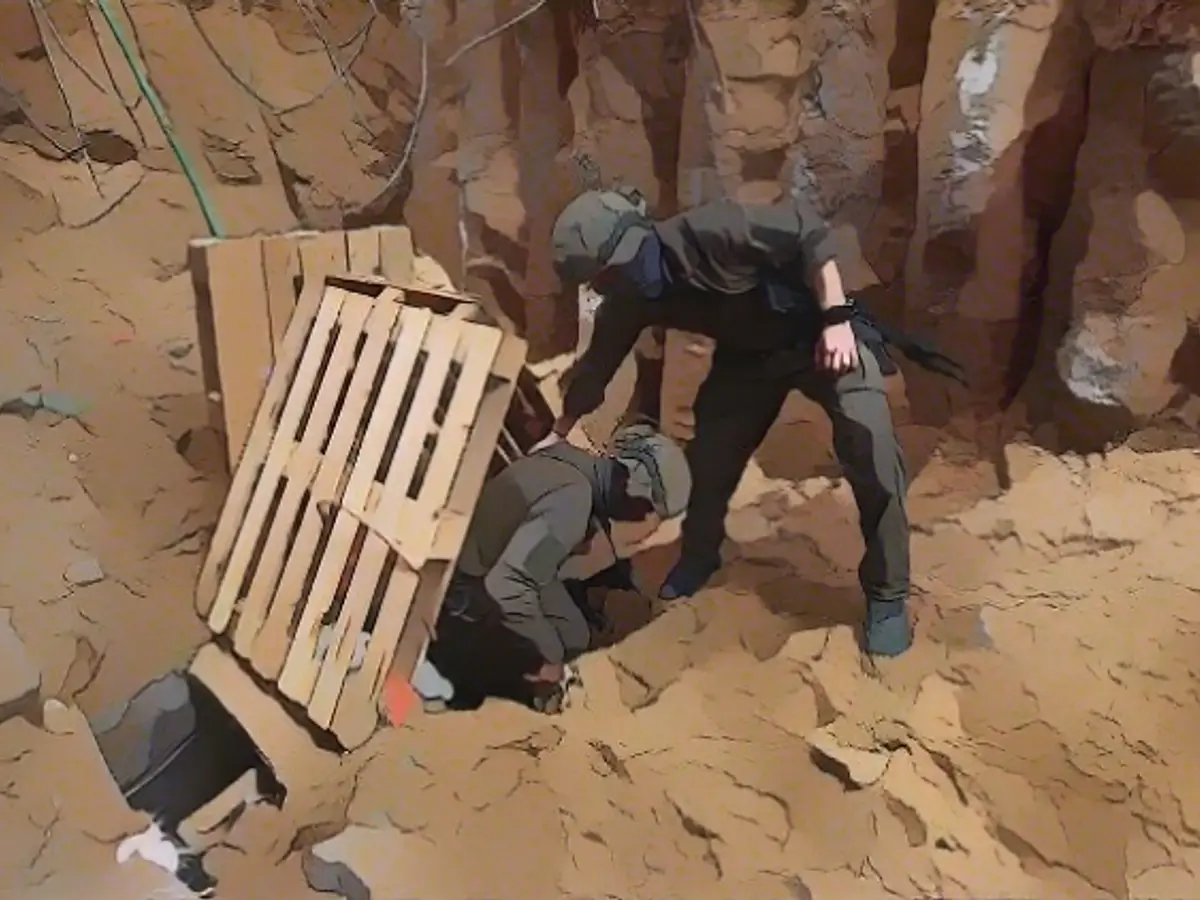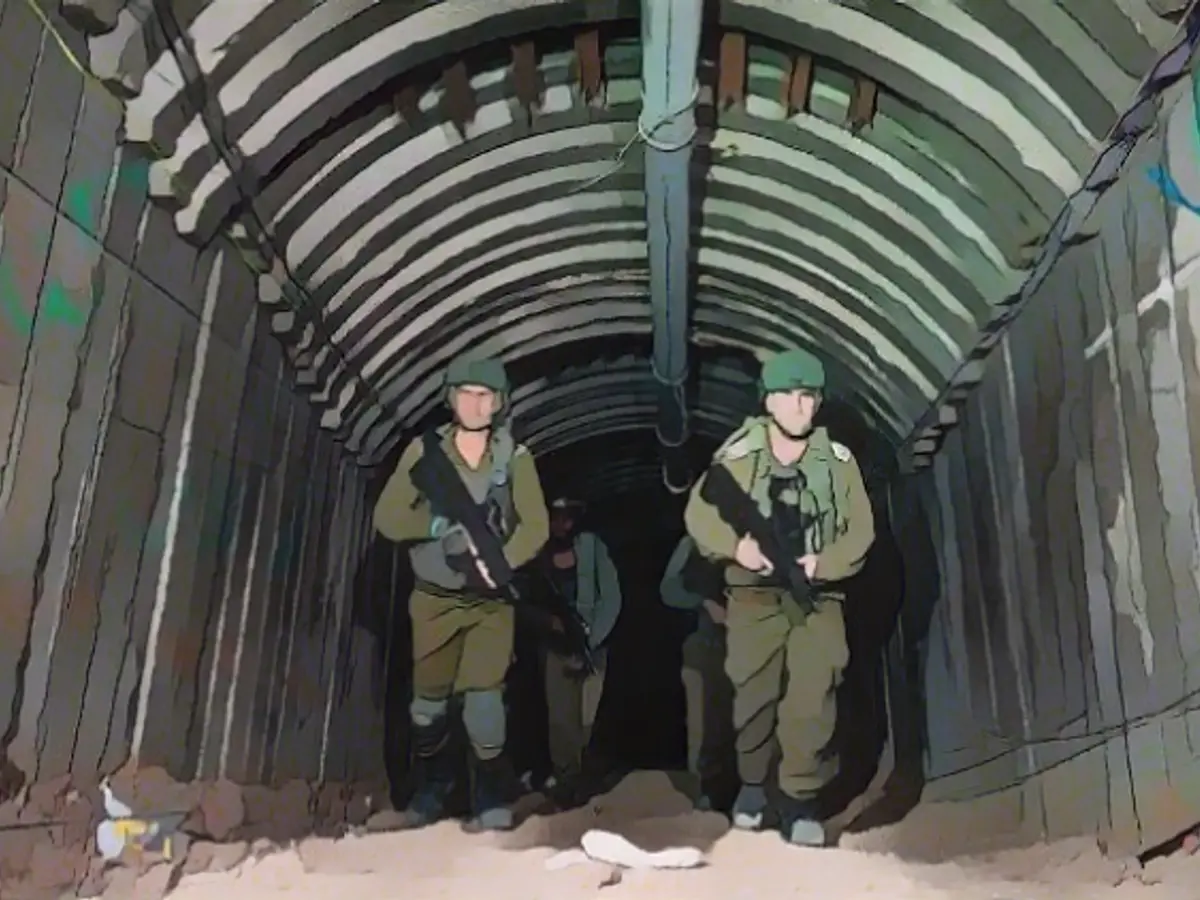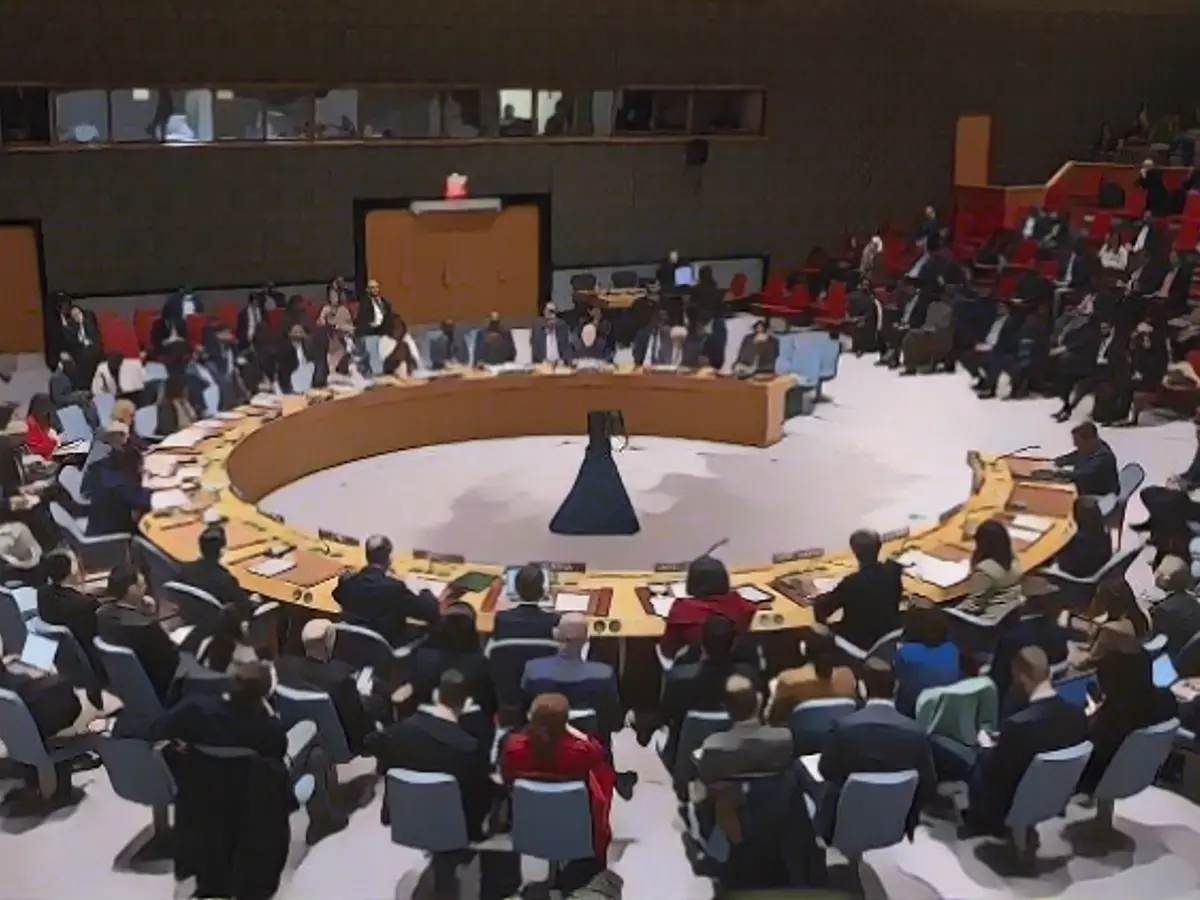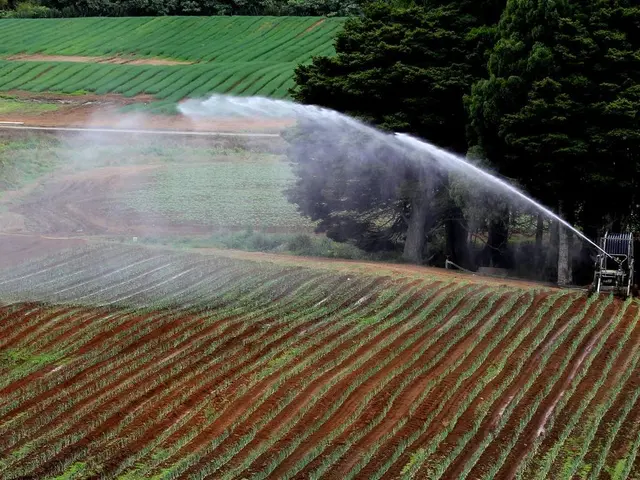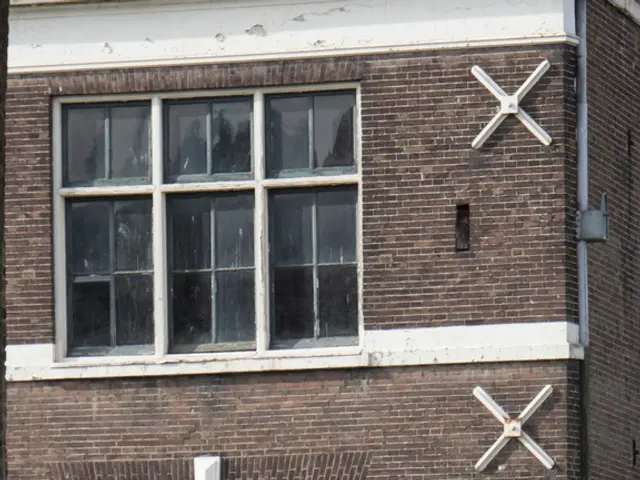Israel's Army Tests Underground Flooding of Hamas Tunnels as Counter-Terror Strategy
There's a controversial move being considered by the Israeli military in their fight against Hamas. According to US media reports, initial tests are underway to explore whether the threatening tunnels of Hamas in the Gaza Strip can be rendered useless with the aid of seawater. However, it's suggested that Hamas may still be hiding hostages within these tunnels.
According to sources at the US National Security Council, drills are being conducted to investigate whether the method is feasible for large-scale destruction of the intricate underground system. CNN reported that only tunnels without suspected hostages will be targeted. The US and the Israeli armed forces have yet to comment on the matter.
At a press conference, US President Joe Biden was questioned about the flooding of tunnels. He responded that while there might be no hostages in the tunnels, he could not confirm this fact. He emphasized that every civilian death is a tragic loss.
Seawater Inundation Pose a Threat to Gaza's Water Supply
Just over a week ago, Israeli Chief of Staff Herzi Halevi considered the idea of flooding the extensive tunnel system with seawater as a promising approach. Concerns over hostages hidden in the tunnels initially held back military action. The Israeli military is reportedly installing a system of large pumps to send seawater into the tunnels. According to earlier reports, each pump could draw water from the Mediterranean, flooding the tunnels with thousands of cubic meters of water per hour.
Israel informed the US of the strategy in early November, leading to a discussion about its feasibility, environmental impact, and military value. The Israeli military claims that Hamas has built a vast network of tunnels under the Gaza Strip, estimated to be around 500 kilometers long with over 800 entrance points. Some of the 135 Israeli hostages currently missing are believed to be held within these tunnels.
Additional Insights
The effectiveness of Israel's seawater flooding strategy against Hamas tunnels is debated. Flooding might disrupt tunnel networks or even force Hamas to move operations above ground. However, the complex and extensive network of tunnels could make flooding difficult to achieve, especially if Hamas can drain the water. Moreover, humanitarian risks are a major concern, namely the potential contamination of the region's water supply.
Some experts argue that alternative strategies, such as drilling and flooding tunnels, may be more efficient and sustainable in the long term.
Implications for the Region's Water Supply
If flooding were to occur, it could pose a significant risk to the region's water supply. Contamination of drinking water, infrastructure damage, and environmental disruption are all potential concerns that demand careful consideration and alternative strategies to minimize harm to civilians.
Source
Enrichment Data Integration:
While the Israeli military's proposed strategy holds potential to disrupt Hamas' operations, contamination of drinking water and damage to infrastructure are significant concerns. The people of Gaza rely on their groundwater for drinking, and any contamination could exacerbate the already dire water crisis. The idea of flooding tunnels may not be the most effective or sustainable approach in the long term. Alternative strategies, such as targeted drilling and flooding, may be more efficient at neutralizing Hamas' tunnels while minimizing harm to civilians.
